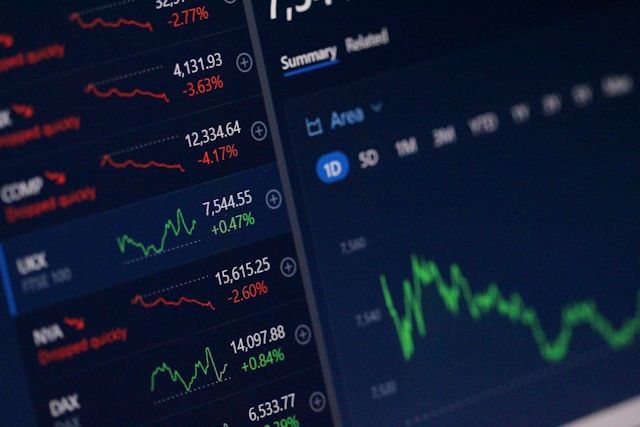Delta is often hailed as a vital tool in options trading, offering insights into how the price of an option might change with the movement of its underlying asset. It’s a powerful concept, but like all tools, it has its limitations. Understanding these limitations can help investors avoid potential pitfalls and make more informed decisions. Let’s explore some of the key challenges that arise when using Delta in real-world investment scenarios. Visit immediate-nova.com if you want to know more about investments and firms.
Delta and Its Static Nature
Delta, by definition, is a measure of how much an option’s price will change about a $1 move in the price of the underlying asset. For example, a Delta of 0.5 suggests that for every $1 increase in the underlying asset, the option’s price will rise by $0.50. This might sound straightforward, but the challenge is that Delta itself isn’t static—it changes as the price of the underlying asset changes.
This variability means that while Delta gives you a snapshot of how your option might behave at a specific moment, it doesn’t provide a consistent guide as the market fluctuates. In fast-moving markets, where prices can change rapidly, relying solely on Delta can lead to surprises. Investors may find that their options don’t behave as expected because Delta has shifted. This lack of consistency makes Delta less reliable, especially for long-term strategies where market conditions can change drastically.
Ignoring Other Greeks
Delta is just one part of the picture when it comes to options trading. The Greeks—Delta, Gamma, Theta, Vega, and Rho—each offer different insights into the risks associated with options. Focusing on Delta alone can lead to an incomplete understanding of an option’s potential performance.
For instance, Gamma measures the rate of change of Delta. A high Gamma means that Delta is more sensitive to changes in the underlying asset’s price. If you ignore Gamma, you might not realize that your Delta could swing wildly with small price movements, leading to unexpected outcomes. Similarly, ignoring Theta (which measures time decay) or Vega (which measures sensitivity to volatility) can also lead to miscalculations. In real investment scenarios, understanding all the Greeks is crucial to making well-rounded decisions.
Delta’s Dependence on Market Volatility
Market volatility plays a significant role in how Delta behaves. When markets are calm, Delta may give a fairly accurate indication of an option’s price sensitivity. However, during periods of high volatility, Delta can become less predictable. In volatile markets, the underlying asset’s price can move sharply, causing Delta to change more rapidly than anticipated.
This unpredictability can be particularly challenging for investors who are trying to hedge their positions. If you’re using Delta to hedge, and the market suddenly becomes volatile, your hedging strategy might not work as intended. This can lead to larger-than-expected losses, particularly if the volatility was not anticipated. For this reason, relying solely on Delta without considering market volatility can be a risky approach.
Limited Use in Non-Linear Products
Delta is most commonly associated with linear products, like options, where there is a direct relationship between the price of the underlying asset and the derivative. However, in real investment scenarios, many products are non-linear, meaning that the relationship between the underlying asset and the derivative isn’t straightforward.
For example, in complex derivatives or structured products, Delta might not fully capture the nuances of how these instruments will behave. In these cases, relying on Delta can lead to a false sense of security. Investors might think they have a good understanding of their risk exposure when, in reality, the non-linear nature of the product introduces additional layers of complexity that Delta doesn’t account for.
The Human Factor
Another limitation of Delta is the assumption that markets are efficient and that investors behave rationally. In reality, markets are influenced by emotions, psychology, and external events that can’t always be predicted or quantified. Delta, like other financial metrics, operates under the assumption that markets move logically. However, when panic, greed, or unexpected news events occur, market behavior can deviate significantly from what Delta might suggest.
For example, during a market crash, fear can drive prices down faster than Delta or any other Greek can predict. Investors relying too heavily on Delta might find themselves caught off guard by the speed and severity of market movements. This underscores the importance of not just relying on quantitative measures like Delta but also considering qualitative factors that can impact market behavior.
Conclusion: A Balanced Approach
Delta is a useful tool, but it’s not a magic bullet. It provides valuable insights into options pricing, but its limitations mean that it should be used in conjunction with other tools & strategies. Investors need to be aware of Delta’s static nature, its dependence on volatility, and its limitations in non-linear products. Moreover, the human element means that no tool, Delta included, can predict market movements with complete accuracy.
Photo by Anne Nygård on Unsplash (Free for commercial use)




